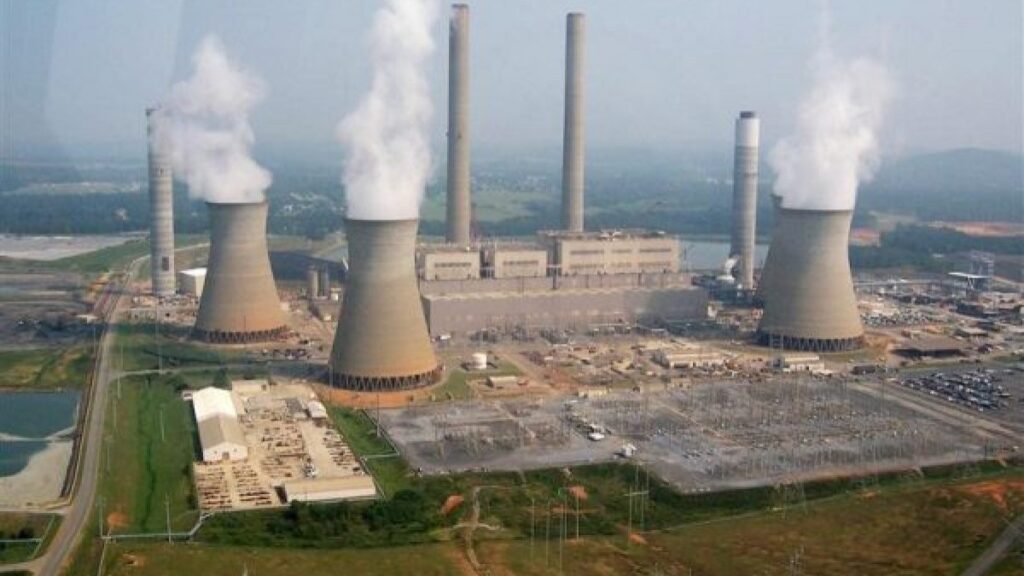The Power Ministry has reduced the target for thermal capacity addition for FY’24 to 7.16 GW (gigawatts) from 14.72 GW due to delays in many projects. Initially, the government aimed to add 14.72 GW of thermal capacity during April 2023 to January 2024. Specifically, 874 MW of capacity was added in June 2023, 800 MW in September, 150 MW in November, and 800 MW in December. Currently, 2.62 GW has been added thus far.
The country’s power supply encountered a deficit of 1.4% from April to January of FY’24, with power companies being able to meet only 239.93 GW of the total power demand of 243.27 GW. This deficit had stood at 4% in FY’23 when the peak demand for power reached 215.89 GW. The primary reasons for this situation are delays in obtaining certain equipment, compounded by land acquisition issues.
Furthermore, as the government plans to add 80 GW of new thermal power capacity amidst rising demand for power, the demand for coal by the power sector is projected to increase to 1.16 bnt (billion tonnes) by the year 2030, up from the current 793 mnt (million tonnes), representing a rise of 46.3%, according to government estimates. By the year 2047, power and other non-regulated sectors alone will require 1.7 billion tonnes of coal to meet the peak demand.
Coal-based power generation is estimated to increase to 1,344.20 Terawatt hours in FY26 and then to 1,689 TWh by FY30. During FY23, coal-based power plants produced 1,145.86 TWh of electricity.
However, India’s coal-based power generation is set to decline to 66.40% in FY26 and further to 61.61% in FY30 as the country simultaneously ramps up its renewable energy generation.
India has repeatedly affirmed its reliance on coal-based power and has taken significant steps in this area, including the addition of 80 GW of new thermal capacity by 2031-32. Electricity demand in the country rose by 7% in 2023.
Source: CoalMint










